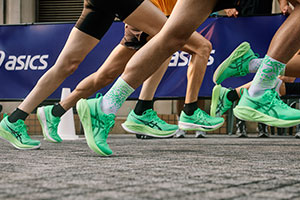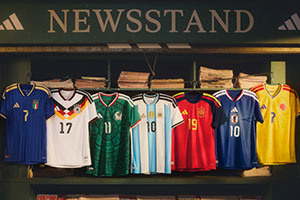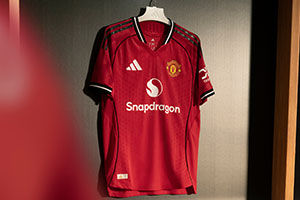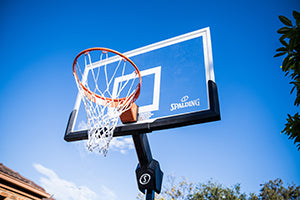Cricket is an exciting game. Whether you are into Test cricket, one-day internationals, or Twenty20, it is hard not to get drawn to the beauty of the game and to get involved with the intensity any match can get to, at any level – national or international.
There are some hard to know nuances to cricket though. The names of some of the fielding positions will make many people laugh – silly mid off is one such position. As well as other quirks of the game, like tea breaks, and how Test cricket is played in white only.
It is details like these that make it hard to learn everything there is to know about the game. While professionals may know the answer to highly specific questions like what are cricket bats made of or the right size of cricket bats, one fact that even seasoned cricketers may not know is how cricket balls are made and with what.
Here, we delve into the weird and wacky world of cricket balls – as there is actually far more to know about them, than you may initially think!
How Is A Cricket Ball Made?
A cricket ball is one of the hardest balls in sports. You may be surprised to know that one of its key components is cork. Cork is at the center of a cricket ball and is then covered in layers and layers of yarn, wrapped tightly around it. To give it its smooth exterior, the ball of cork and yarn is then encased in leather. The leather is stitched together to give it its characteristic look. The stitches are in the center of the ball which is used by bowlers to pitch a ball that is hard to hit.
After the cork and yarn are encased in leather which is stitched together, the ball is then polished and lacquered in colour. The most famous colour is red, but white and pink are also widely used in the game.
What Is The Difference Between A White And Red Cricket Ball?
Technically speaking there is no difference between a white and a red cricket ball, in terms of what they are made of or how they are made. It is simply the colour that is different. However, they are used in different formats of the game.
Red cricket balls are used for test matches, and white cricket balls are used for one day matches. The reason behind being the visibility of white balls which is greater under floodlights. One-day games are often played later in the day when the sun is going down. To make sure that batters even stand a chance of hitting the ball, there was a move towards using white balls over red ones. Test matches tend to finish at around 6 o’clock in the evening so, given that cricket is a Summer sport, it is usually far lighter at that time than when a one day game may finish.
But the problem with white cricket balls is that they do not stay white for very long after getting batted around and rolling in the grass! Pink coloured balls were introduced in recent years as Test matches began to be played at night, with the pink ball standing out more at night compared to a red one.
The Manufacturing Of Cricket Balls
All three colour balls have the same manufacturing technique – it is simply the colour that is different. They are all made of the same material. However, that is not to say that many pure game traditionalists are happy about the changing of the colour of a cricket ball in different formats of the game. Cricket, to many, is a ‘gentleman’s sport’ that should be played in white clothing and with a red ball – whatever type of game they are playing, be it a one day game, a Test match, or a Twenty20.
Some do argue that the white ball does have a slightly harder surface than a red or pink ball which can be used to a bowler’s advantage. However, that is down to the dye and polish on a white ball, and not due to the composition of the ball itself. Ultimately, all cricket balls are made exactly the same – right up to the last stage of deciding what dye to use on its leather casing.























Comments